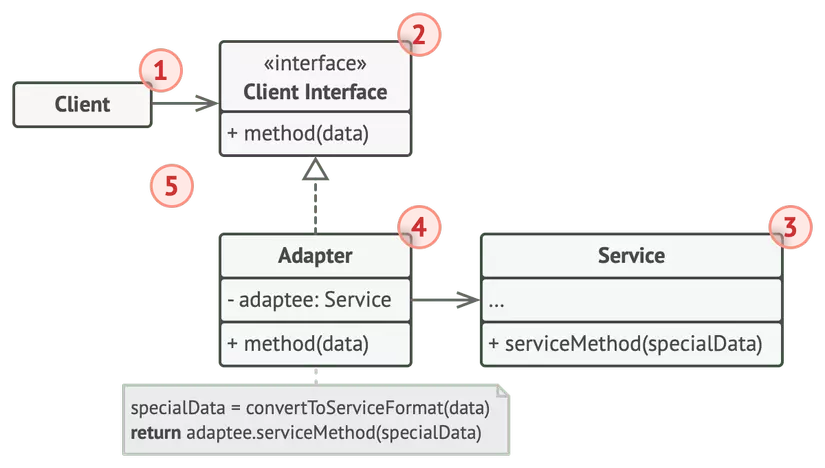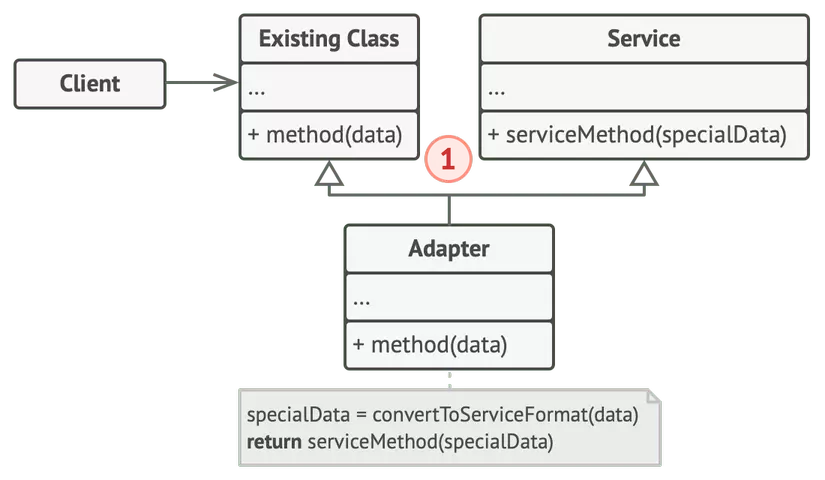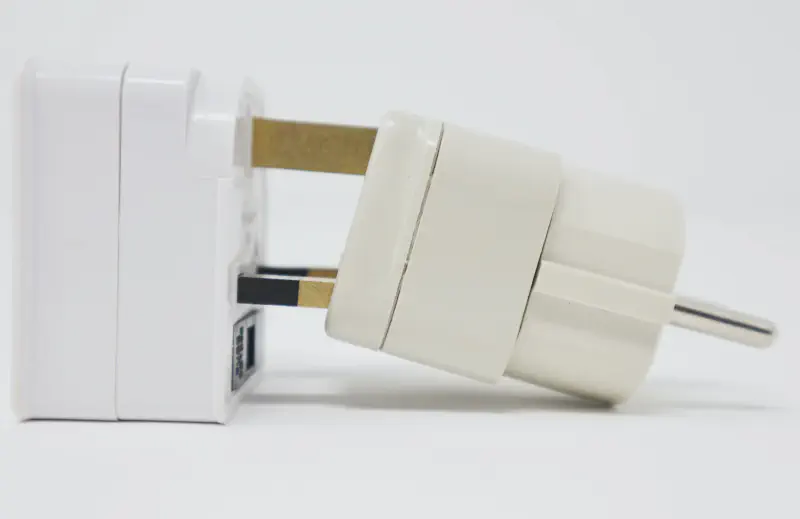The Problem
When you want to charge your iPhone with a type C cable => use an Adapter with a type C port and a lightning connector.
When you have data in XML format but want to use a third-party library function that only accepts JSON => use an Adapter to convert XML to JSON.
In Android, if you have a list of items and want to display them in a RecyclerView => use an Adapter to convert data into each item_view.
Concept
The Adapter pattern allows the interface of an existing class to be used as another interface. It helps the existing class work with others without changing its source code.
Still sounds a bit abstract, right? Let’s break it down step by step.
There are two ways to use adapters: Object Adapter and Class Adapter. Let’s look at each in detail.
Object Adapter Pattern
Class Diagram

We implement the interface by delegating to the adaptee object at run-time.
Let me explain a bit more:
- Client is the existing class mentioned in the concept.
- Client Interface is now the parent interface of Client. Others wanting to interact with Client must follow this parent interface.
- Service is a third-party class that only accepts JSON, as in the problem statement.
- Adapter implements the Client Interface and contains an instance of the Service class (object adaptee). Whenever a method of Adapter is called, it calls the corresponding method of Service.
- This way, we can work with Service without modifying Client’s code.
Code sample
| |
Class Adapter pattern

The Class Adapter doesn’t need to wrap any object because it inherits from both Client and Service.
Unfortunately, Java doesn’t support multiple inheritance, so we don’t have a Java code sample for this part.
Conclusion
Adapter is a fairly familiar design pattern. Through the explanation and a bit of sample code, I hope everyone understands it better.
Reference
